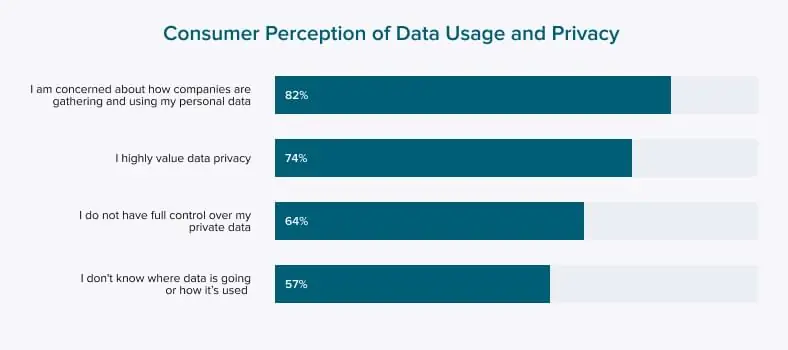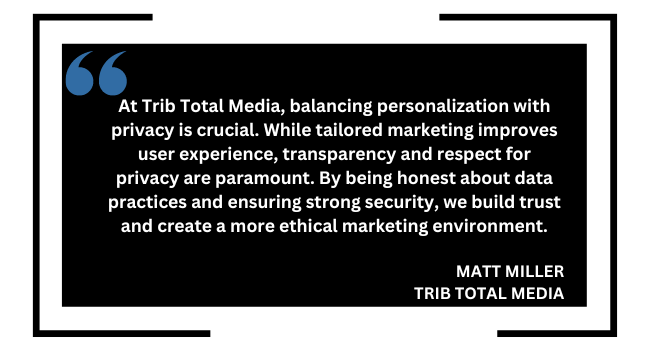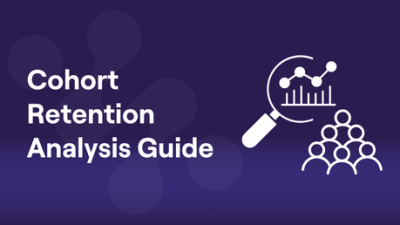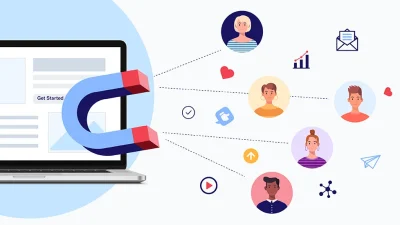Introduction
Personalization has become the cornerstone of modern digital experiences. From curated product recommendations to tailored email campaigns, brands leverage data to create journeys that feel unique to each user. But as Personalization vs. Privacy becomes more sophisticated, concerns about privacy grow louder. Consumers want convenience and relevance, but not at the expense of their personal data or sense of security.
This blog explores the tension between personalization and privacy in e-commerce and digital marketing. We’ll examine why both matter, the risks of getting the balance wrong, and actionable strategies for brands to deliver value while respecting user boundaries.
Why Personalization Matters
Personalization is more than just a marketing buzzword—it’s a proven driver of engagement, loyalty, and revenue. When done right, it can:
- Increase conversions: Relevant recommendations and offers boost purchase rates.
- Enhance user experience: Shoppers find what they need faster and feel understood.
- Build loyalty: Customers are more likely to return to brands that “get” them.
- Reduce information overload: Personalization filters out irrelevant content.
Examples include Netflix’s tailored watchlists, Amazon’s product suggestions, and Spotify’s Discover Weekly playlists. In e-commerce, personalization can mean dynamic homepages, targeted discounts, or even personalized customer service.
The Growing Importance of Privacy
While personalization offers clear benefits, it relies on collecting, analyzing, and acting on user data. This raises important questions:
- What data is being collected?
- How is it being used?
- Who has access to it?
- Can users control or delete their data?
High-profile data breaches, misuse of personal information, and increasing regulatory scrutiny (GDPR, CCPA, etc.) have made privacy a top concern for consumers. Trust is fragile—once lost, it’s hard to regain.
The Risks of Over-Personalization
Too much personalization, or personalization done poorly, can backfire:

- Creepy experiences: Overly specific recommendations can feel invasive (“How did they know that?”).
- Loss of trust: If users feel surveilled, they may abandon your brand.
- Legal consequences: Non-compliance with privacy laws can result in hefty fines.
- Data fatigue: Constant requests for permissions or data can annoy users.
Finding the right balance is essential—not just for compliance, but for long-term customer relationships.
Understanding User Expectations
Today’s consumers are more privacy-aware than ever. They expect:
- Transparency: Clear information about what data is collected and why.
- Control: The ability to opt in or out, edit preferences, and delete data.
- Security: Assurance that their data is protected from misuse or breaches.
- Value exchange: A clear benefit in return for sharing their information.
Brands that meet these expectations can build deeper trust and loyalty.
Strategies for Balancing Personalization and Privacy
1. Be Transparent and Honest
- Use plain language in privacy policies and consent forms.
- Explain how personalization works and what data is used.
- Notify users of any changes to data practices.
2. Offer Granular Controls
- Let users choose what types of personalization they want.
- Provide easy ways to update preferences or opt out.
- Respect “Do Not Track” signals and privacy settings.
3. Adopt Privacy-First Design
- Collect only the data you truly need (“data minimization”).
- Use anonymization and aggregation where possible.
- Build privacy into product design from the start (privacy by design).
4. Leverage First-Party Data
- Rely on data users willingly share, rather than buying or scraping third-party data.
- Build trust through loyalty programs, surveys, and direct interactions.
5. Communicate the Value Exchange
- Make it clear what users get in return for sharing data (better recommendations, faster checkout, exclusive offers).
- Show examples of how personalization improves their experience.

6. Stay Compliant with Regulations
- Keep up to date with laws like GDPR, CCPA, and others.
- Appoint a data protection officer if required.
- Make it easy for users to exercise their rights (access, deletion, portability).
7. Educate Your Team
- Train staff on privacy best practices and the importance of user trust.
- Foster a culture where privacy is everyone’s responsibility.
Case Studies: Brands Getting It Right
Apple
Apple positions itself as a privacy-first company. Features like “Sign in with Apple,” on-device processing, and minimal data collection set a high standard for privacy while still enabling personalized experiences.
Spotify
Spotify allows users to control their data and personalize their listening experience. Users can manage playlists, recommendations, and privacy settings easily.
Sephora
Sephora uses personalization to recommend products and content, but also provides clear privacy policies and options for users to manage their data.

The Future: Privacy-Enhancing Technologies
Emerging technologies are helping brands deliver personalization without compromising privacy:
- Federated learning: Models are trained on-device, so data never leaves the user’s device.
- Differential privacy: Adds “noise” to data to protect individual identities while allowing useful insights.
- Contextual targeting: Delivers relevant content based on context, not personal data.
These innovations will shape the next generation of digital experiences.
Conclusion
Personalization and privacy are not mutually exclusive—they can and should coexist. The brands that thrive will be those that respect user boundaries, communicate openly, and deliver real value in exchange for data. By putting users in control and adopting privacy-first practices, you can build trust, foster loyalty, and create digital experiences that are both personal and respectful.
The right balance isn’t just good ethics—it’s good business.





